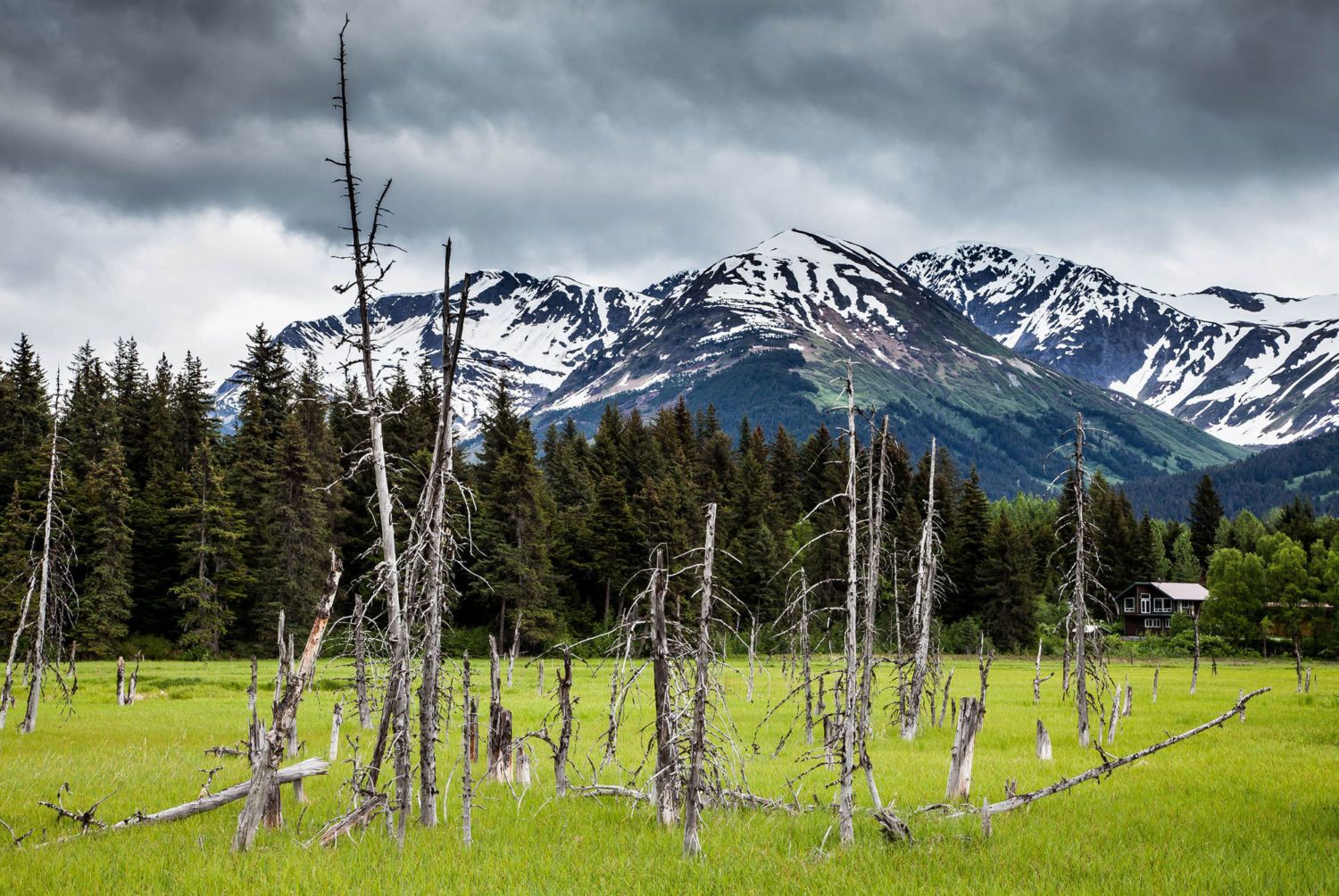Prehistoric Dramatic Vegetation Changes Show a Grim Future

The Earth’s vegetation has changed dramatically over the past thousands of years, and it is all because of climate change. A study looking back 21,000 years ago discovered that the past could offer some clues on how landscapes will change in the next 150 years, considering the anticipated increases in global temperature.
A team of international researchers discovered that two-thirds of Earth’s vegetation changed from 21,000 years ago until the pre-industrial age. In that period, the Earth warmed by 4-7 degrees Celsius.
Considering that the vegetation was deeply affected by temperature change, researchers determined how it will further transform ecosystems under different models of greenhouse gas emissions.
Professor Simon Haberle (ANU researcher, Department of Archaeology and Natural History) said that they chose 594 sites (which have changed in the past) from all continents except for Antarctica and assessed the risk of future global changes of those ecosystems:
“We’re already starting to see warning signs of big changes in vegetation across Australia, with declines in the Mountain Ash forests in Victoria and the Pencil Pine forests in Tasmania that are occurring, in large part, due to climate change. Widespread and rapid changes to ecosystems are likely to have major knock-on effects for nationally important ecosystem services such as biodiversity, carbon storage and recreation.”
A Wake-Up Call To Act Now
ANU School of Culture, History, and Language researcher, Dr. Janelle Stevenson, is one of the 42 authors of the study that was published in the Science Journal. She explains that they used palaeoecological data to explore how ecosystems responded over time, information that “can’t be captured by instrumental or historical records.”
Dr. Stevenson explains they used analysis of ancient pollen records from different sites:
“Pollen reflects the changes in landscape and vegetation cover, and the beauty of these ancient pollen records is that they allow us to see these changes over thousands to millions of years.”
Dr. Stevenson concludes that the most substantial changes in vegetation on Earth were in areas where there were “the biggest temperature increases over the time period,” and that their study is a wake-up call “that we need to act now to move rapidly towards an emission-free global economy.”
0 comments